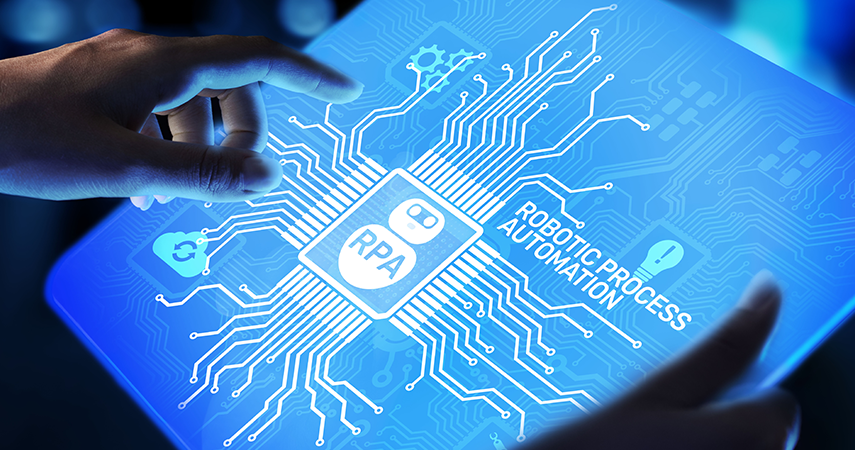What does 2020 have in store for robotic process automation?

Francis Carden, Vice President of Digital Automation and Robotics at Pega, gives his predictions on the robotic process automation landscape in 2020
Reality sets in that robotic process automation isn’t the DX magic bullet
Early robotic process automation (RPA) adopters have now been through the growing pains of deploying, scaling, and maintaining their bots. In 2020, they will come to realise that RPA isn’t the cure-all for digital transformation and will pivot to a more cohesive approach within the enterprise technology stack. Given that RPA isn’t fully equipped to handle DX alone, businesses will integrate robotic process automation on top of more core and transformational technologies, such as Intelligent Automation platforms. This way, RPA won’t serve as the main foundation of their digital transformation strategy — which it was never really designed to do in the first place.
Organisations scale back their RPA scaling ambitions
In 2020, businesses who have been struggling with RPA will finally realise that RPA may never reach the scale they were promised. According to a Deloitte study, only 4% of RPA users have scaled beyond 50 bots, and worse, Forrester says 85% have not yet scaled beyond 10 bots. There are few signs RPA can scale any bigger in the future. Reality will set in for these organisations as they move on from the hype and look to pave a different way forward with more strategic technologies beyond tactical RPA.


RPA Attended gets the spotlight, but it’s not ready for prime time
The red-hot RPA market has largely focused on traditional RPA (unattended), where the bots work independent of human input. In 2020, we’ll see more businesses pivot their attention toward RPA Attended – previously known as Robotic Desktop Automation (RDA). Businesses will start to recognise how combining bots and humans together can produce optimal outcomes in a faster and more agile way. They will realise that in many use cases, such as in call centres and large front and back offices, RPA Attended can be rapidly deployed to many more users for the most common tasks and delivers a much faster and more valuable route to ROI.
READ MORE: How Vital is Digital Transformation?
“RPA-washing” will see a growing backlash
As the RPA market hype took off, and the money poured in from investors, many rushed to label any kind of automation as ‘RPA.’ But next year, the market will wise up and realise not everything that claims to be RPA is actually RPA. In truth, RPA is just one component of a broader intelligent automation platform that must be combined with other automation technologies. It’s a wake-up call for many that RPA is not a platform on which to build a DX strategy but rather a temporary sticking plaster to kickstart DX.
The myth of Intelligent RPA will be exposed
Many RPA vendors have breathlessly talked about the coming era of Intelligent RPA – or infusing AI into RPA for even smarter robotic processes. But after hearing this hype for a few years without seeing any tangible solutions, organisations will realise these technologies are better off separated. AI intelligence needs to sit at the heart of how companies engage with customers on a daily basis – not siloed off within an RPA system. Robotic process automation is better served working alongside AI to help automate processes that lack APIs and not as a standalone platform that makes AI-based decisions outside the rest of the enterprise technology stack.
Bots will be retired faster than they are being built
Organisations seeing the tactical benefits of RPA are now recognising that these bots don’t remain in production for too long – they are prone to break over time as the underlying systems evolve. Meanwhile, the bad process still lurks underneath and will eventually resurface with the same old problems. After a while, this break-fix cycle gets old, and in 2020, companies will seek a more permanent fix. Many businesses will retire some of the legacy systems that stifle digital transformation and replace them with more modern and unified architectures, putting the bots that held them together out of a job.
Pega is the leader in cloud software for customer engagement and operational excellence. For more than 35 years, Pega has enabled higher customer satisfaction, lower costs, and increased customer lifetime value.